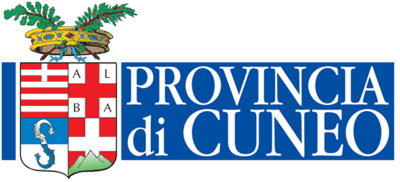Ernesto Treccani | The Moon And The Bonfires
In 1962, Milanese artist Ernesto Treccani made 5 large-size canvas (200×300 cm) inspired by the novel The Moon and the Bonfires. Originally meant for Casa del Popolo in Canelli, they were then placed at Centro Studi Cesare Pavese in Santo Stefano Belbo until the 1994 flood. Today they are permanently displayed at Fondazione Cesare Pavese, on what once was the altar of the church of Saint James and Christopher.
The canvas are accompanied by a series of 21 preliminary drawings, collected on the occasion of the 40th anniversary of Cesare Pavese’s death in an exhibition titled “Treccani for Pavese”. The exhibition inaugurated in Santo Stefano Belbo on 27 April 1990 in the presence of the artist, who was assigned the honorary citizenship. The drawings are now part of Fondazione Cesare Pavese’s archives: one of them still bears the signs of the flood in memory of the tragic event that affected the town.
The cycle of The Moon and the Bonfires
Of the five canvas – in order “Il Valino” (Valino), “La vendemmia” (The Harvest), “L’estate” (The Summer), “Il trenino di Canelli” (Canelli’s train), “La luna e i falò” (The Moon and the Bonfires) – historian and art critic Floriano De Santi wrote in the exhibition catalogue: “…there is a weird thrill of life and destruction that turns into light tremors, in the delicacy shared both by the writer and the artist, who has now reached his full maturity”.
In the cycle of The Moon and the Bonfires some of the novel characters are clearly recognizable – Valino, Cinto, Irene, Santa, Nuto – as well as other key themes and subjects of the book: the hills, the vineyard, the railway, … Treccani himself listed them in Arte per Amore (Feltrinelli, 1978):
Valino (“had those trousers and that hat, muddy and almost sky-blue, that you wear to spray the copper sulphate”) climbs up the hill: the soil has the colour of the autumn, a mulberry on the left, a house behind, the compact wall, with no windows, the sky low on the hill. The second canvas is harvest time: a girl crouched among the vines, another one slim and pink, standing, and a face appearing in the thick of the leaves. The third canvas is summer with the naked girl lying down I mentioned before. The fourth canvas is a puffing little train, the smoke as a character (“… Some days we crossed the Belbo with Piola’s kids and went to the railway lines to see the train go by…”). The fifth canvas, the moon and the bonfires. At the bottom of the painting a bright river flows, Cinto is on the bank (“… a boy was sitting, wearing a shirt and torn trousers, held up by a single shoulder strap, one leg thrust out in a way that seemed odd”). Behind, the green hill with large shadows; amidst that green, an accordion, a clarinet, a dancing couple. A bonfire halfway up the hill, the dark sky with the crescent moon.
You can visit the church of the Saints James and Christopher during our opening times or through one of our guided tours.


